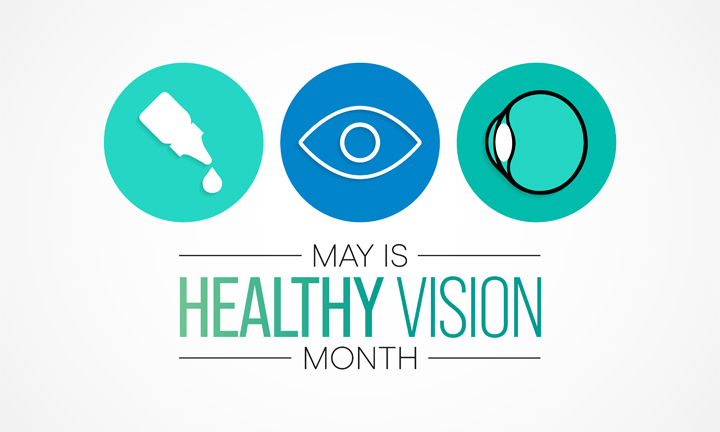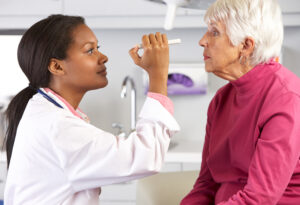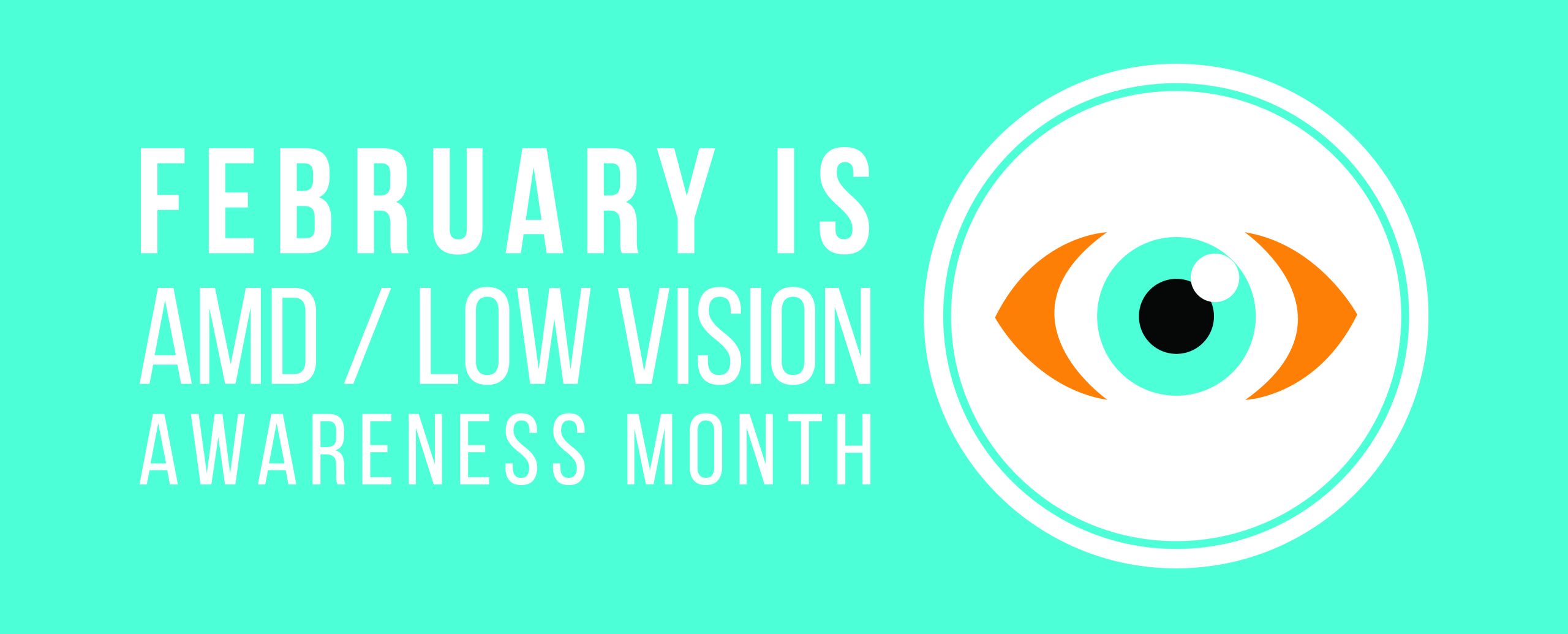 Age-Related Macular Degeneration (AMD) Awareness Month is observed annually every February. It’s an awareness month targeted at spreading information about AMD and other sight threatening diseases that could lead to visual impairment.
Age-Related Macular Degeneration (AMD) Awareness Month is observed annually every February. It’s an awareness month targeted at spreading information about AMD and other sight threatening diseases that could lead to visual impairment.
AMD is a disease that is a leading cause of low vision in Americans older than 50 years of age. The macula is the part of the eye affected by this disease, a pigmented, oval-shaped part of the retina. About 5mm in diameter, it is responsible for the central vision required for driving, reading, and fine detail. AMD, is a progressive disease that causes retinal cells to slowly die, though it causes no physical pain.
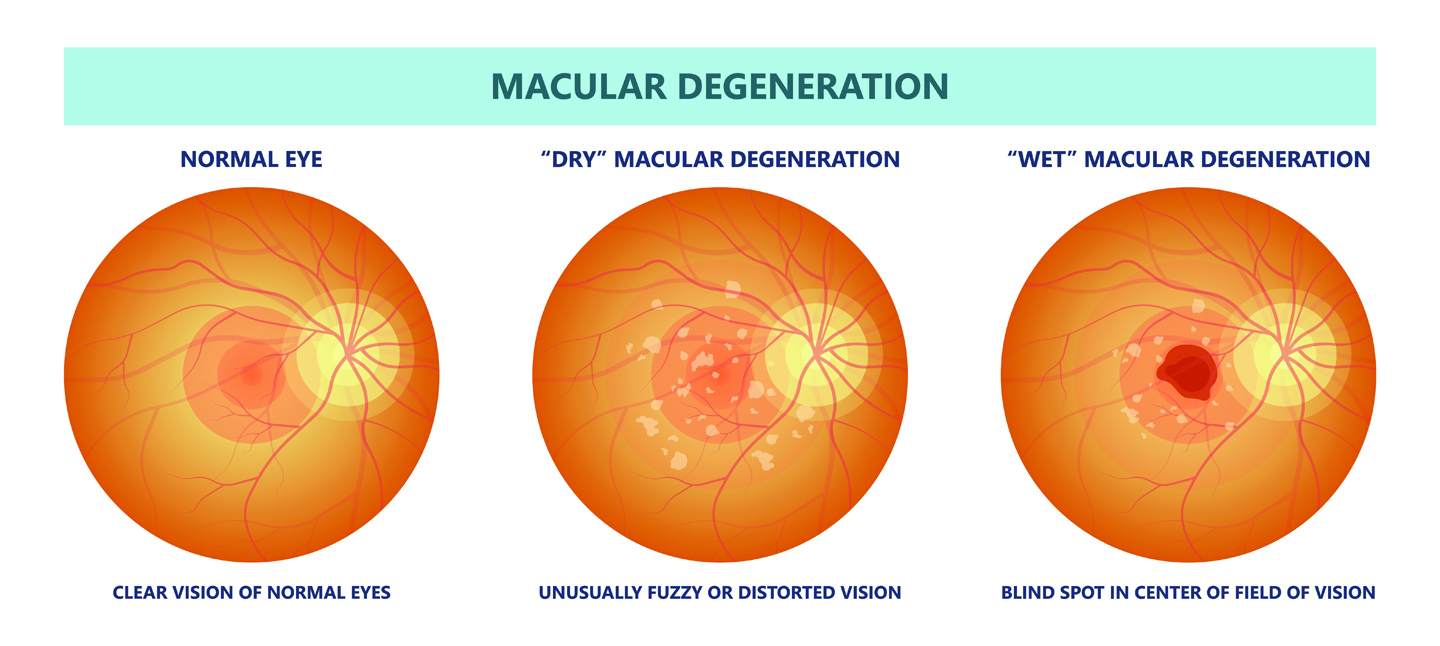
Medical experts have been able to identify some risk factors that might lead to the onset of AMD, including high blood pressure, high levels of blood cholesterol, obesity, and smoking. Other risk factors that a person has no control over are age, heredity, race, and gender. Symptoms of the disease include blurry vision, blind spots, straight lines appearing wavy, doorways seeming crooked, and objects appearing farther away or smaller. When any of these symptoms present themselves, the concerned individual is advised to immediately visit an ophthalmologist.
Watch the video below to learn more about AMD presented by M. Cristina Kenney, MD, PhD
For more information on AMD and other visual impairments – EYE CONDITIONS
The Discovery Eye Foundation is committed to finding a treatment for Dry AMD which makes up 85% of AMD cases and for which there is no FDA approved treatment as yet. This could preserve the vision of millions of people. Luckily, there are treatments for Wet AMD. Right now, research supported by DEF at the Gavin Herbert Eye Institute, University of California Irvine, Medical School is on the cutting edge of promising breakthroughs that could make the difference in the lives of so many.


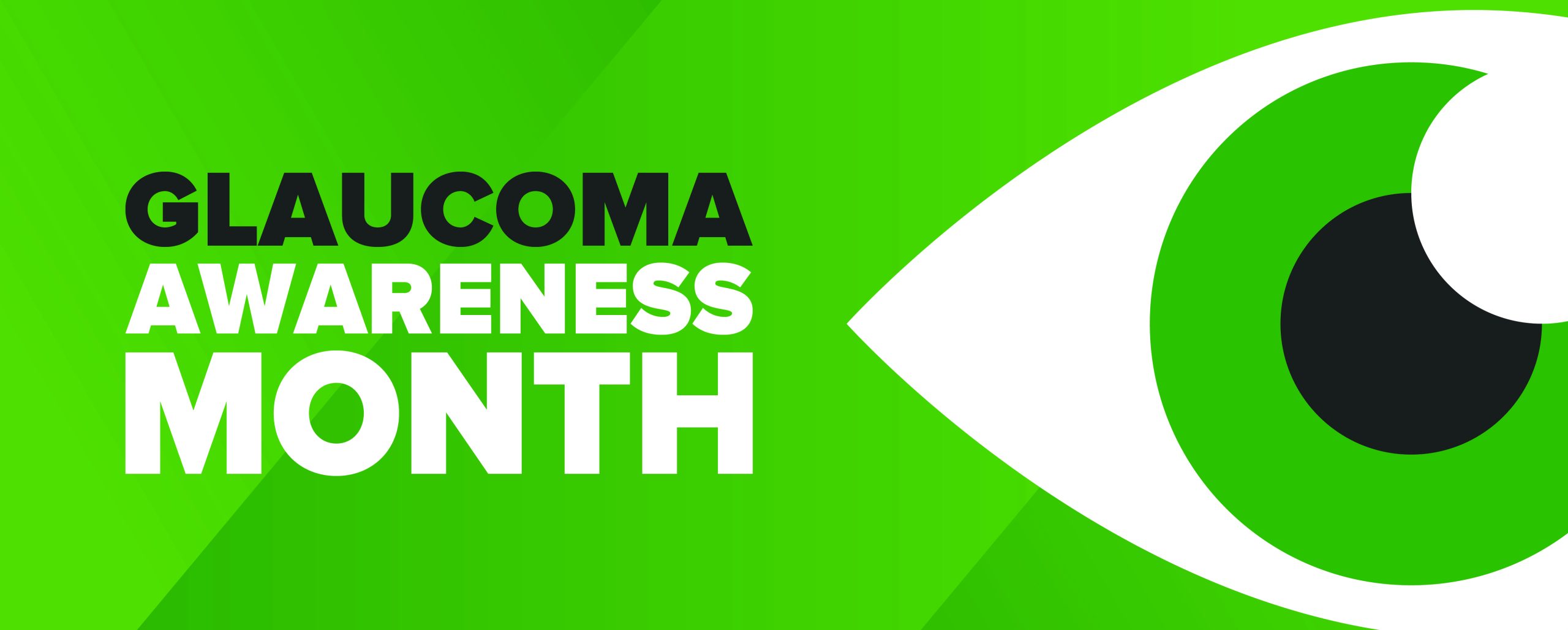

 Make sure they take frequent screen breaks. Instead of focusing directly on the screen, encourage your child to look around the room every now and then, or take some time to stare out the window (at least 20 seconds is recommended by the American Optometric Association). You can even remind them to blink.
Make sure they take frequent screen breaks. Instead of focusing directly on the screen, encourage your child to look around the room every now and then, or take some time to stare out the window (at least 20 seconds is recommended by the American Optometric Association). You can even remind them to blink.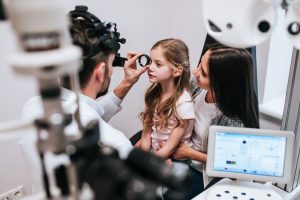 It’s easy for us to forget about our eyes let alone our child’s, but it is very important to get your child’s eyes checked regularly.
It’s easy for us to forget about our eyes let alone our child’s, but it is very important to get your child’s eyes checked regularly.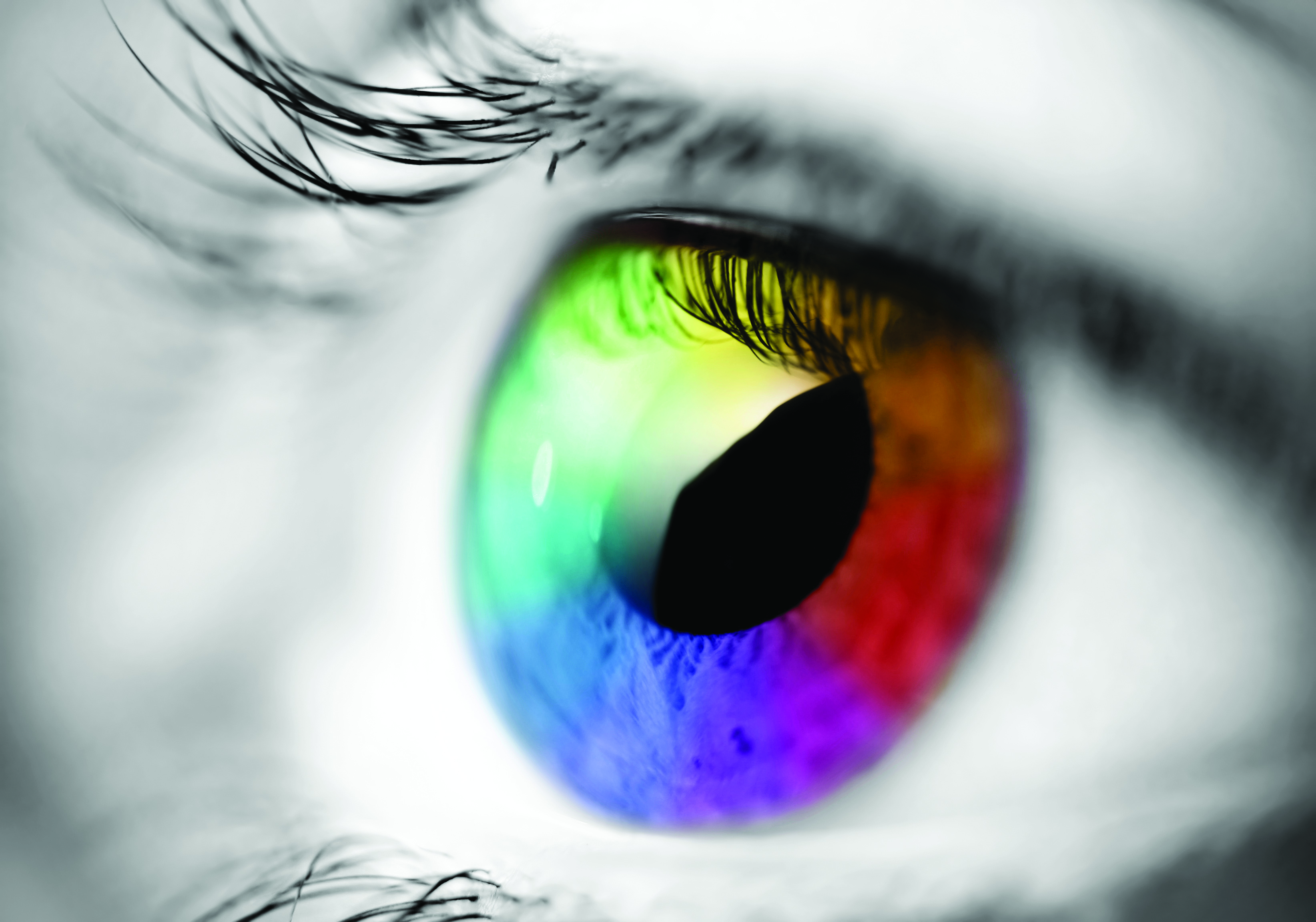 Most people have eye problems at one time or another. Some are minor and will go away on their own, or are easy to treat at home. Others need a specialist’s care. Some eye issues come with age while others may be a serious condition.
Most people have eye problems at one time or another. Some are minor and will go away on their own, or are easy to treat at home. Others need a specialist’s care. Some eye issues come with age while others may be a serious condition. Dry eye is a common condition that occurs when your tears aren’t able to provide adequate lubrication for your eyes. Tears can be inadequate for many reasons. For example, dry eyes may occur if you don’t produce enough tears or if you produce poor-quality tears. Dry eyes can also feel very uncomfortable.
Dry eye is a common condition that occurs when your tears aren’t able to provide adequate lubrication for your eyes. Tears can be inadequate for many reasons. For example, dry eyes may occur if you don’t produce enough tears or if you produce poor-quality tears. Dry eyes can also feel very uncomfortable.


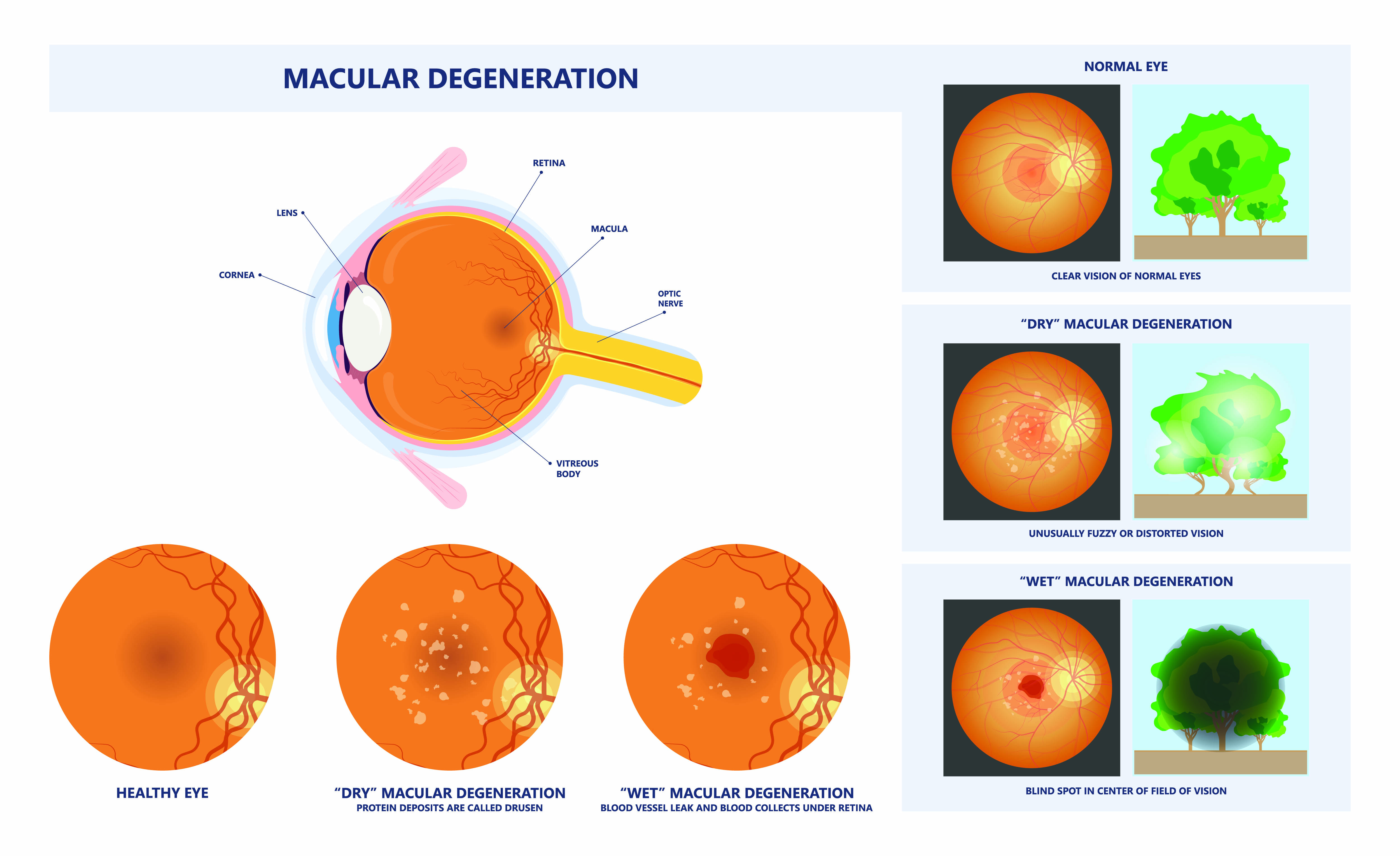
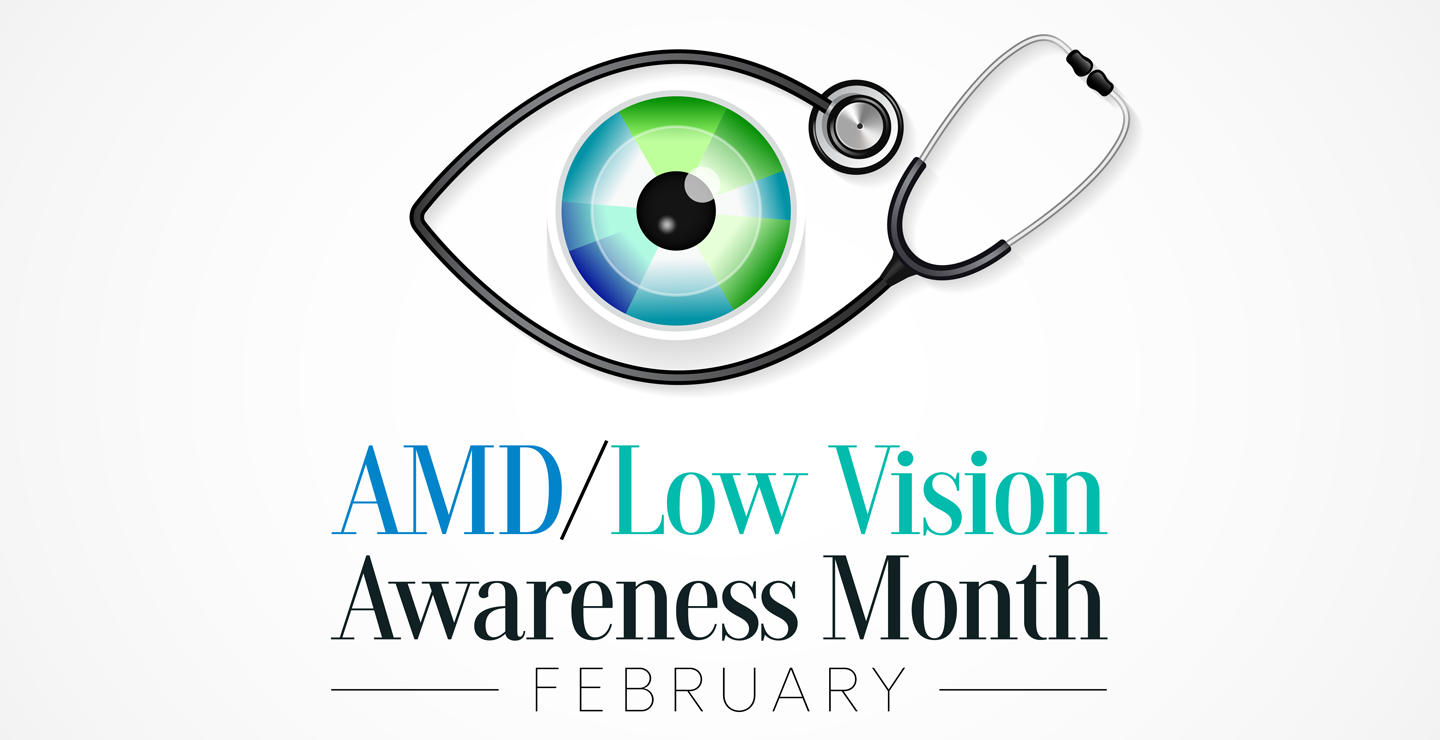


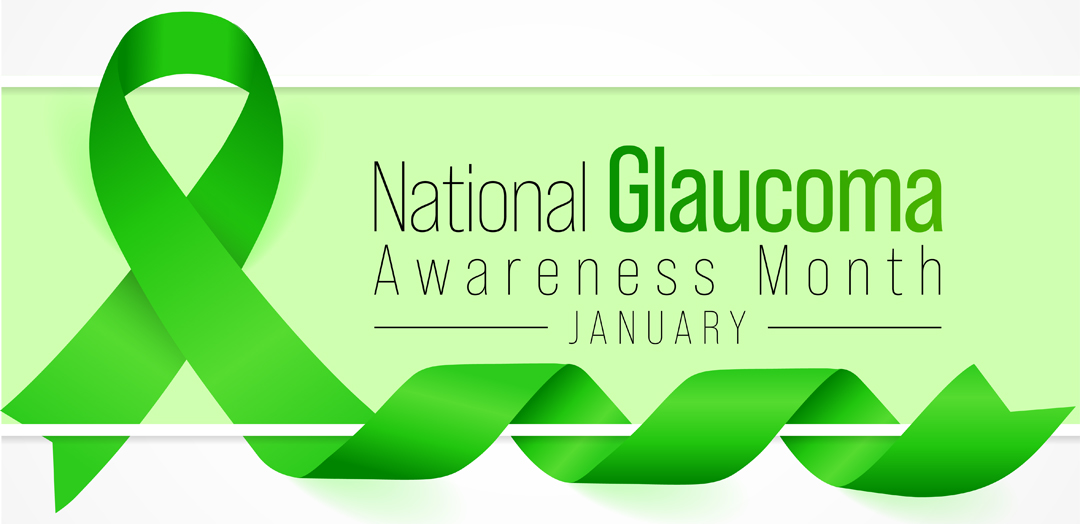


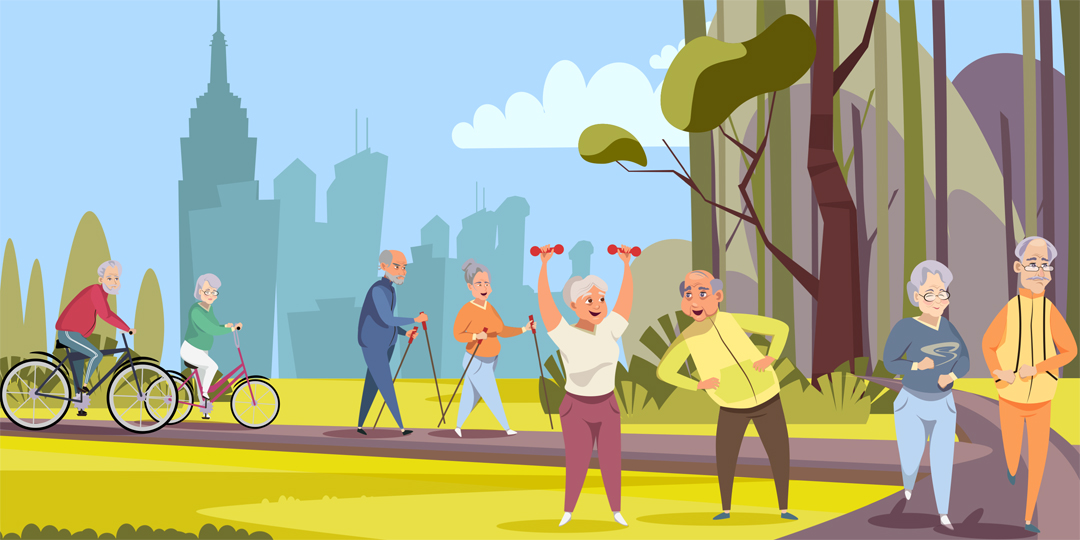 The past year has taken a toll on the physical and mental health of millions of people. While we were rightly focused on slowing the spread of the pandemic, widespread shutdowns brought about a more sedentary, inactive lifestyle, which has led to increased weight gain and worsened mental health for many. As we look ahead and as more people receive the vaccine, it is time to start reprioritizing physical activity and placing much needed attention on our health.
The past year has taken a toll on the physical and mental health of millions of people. While we were rightly focused on slowing the spread of the pandemic, widespread shutdowns brought about a more sedentary, inactive lifestyle, which has led to increased weight gain and worsened mental health for many. As we look ahead and as more people receive the vaccine, it is time to start reprioritizing physical activity and placing much needed attention on our health.